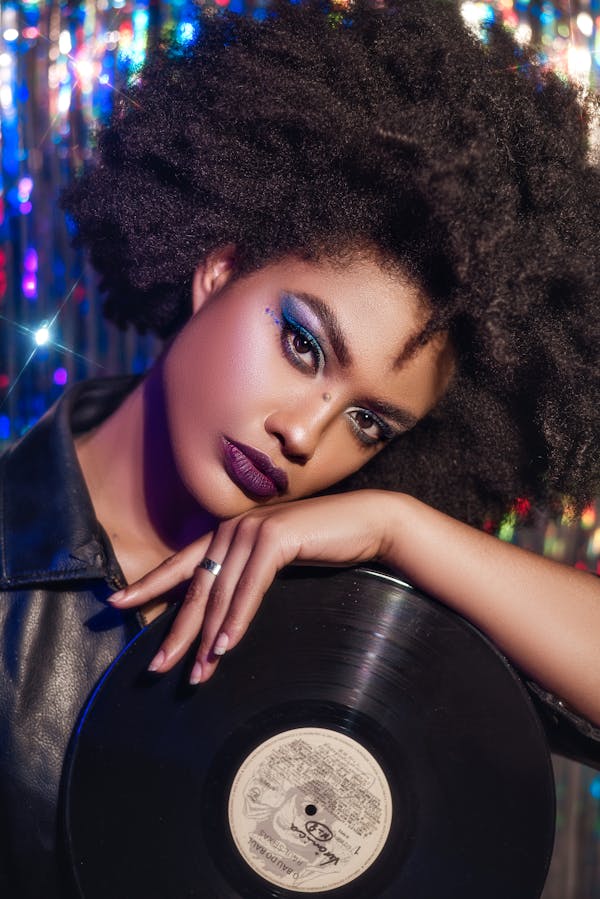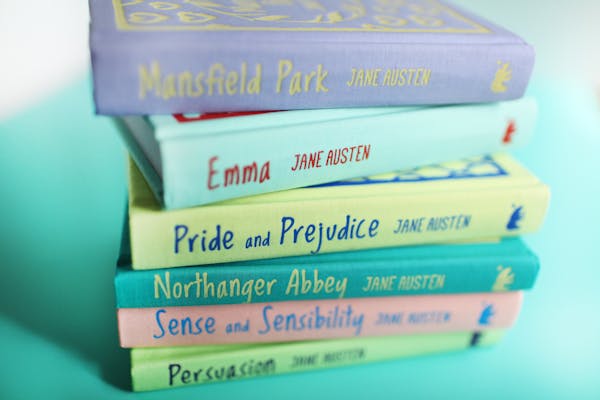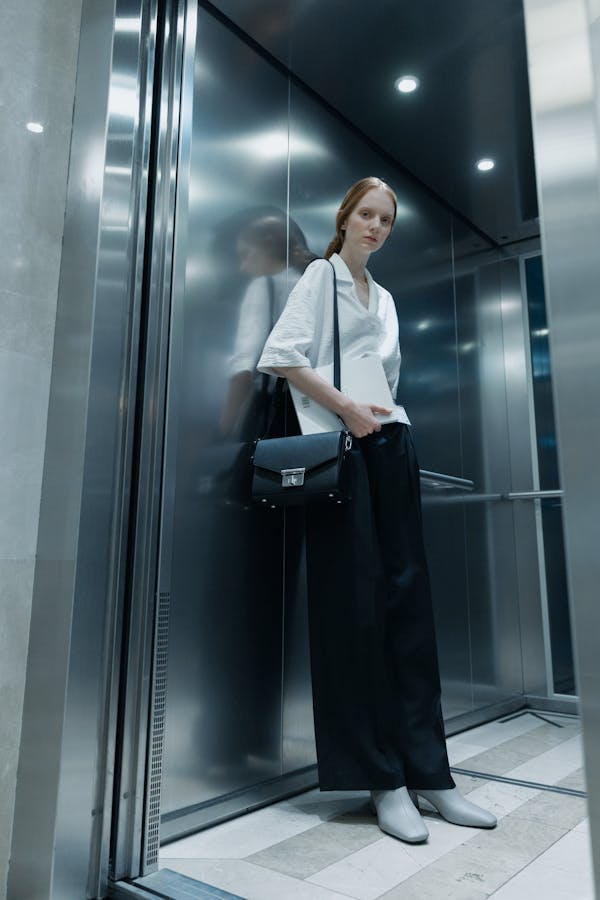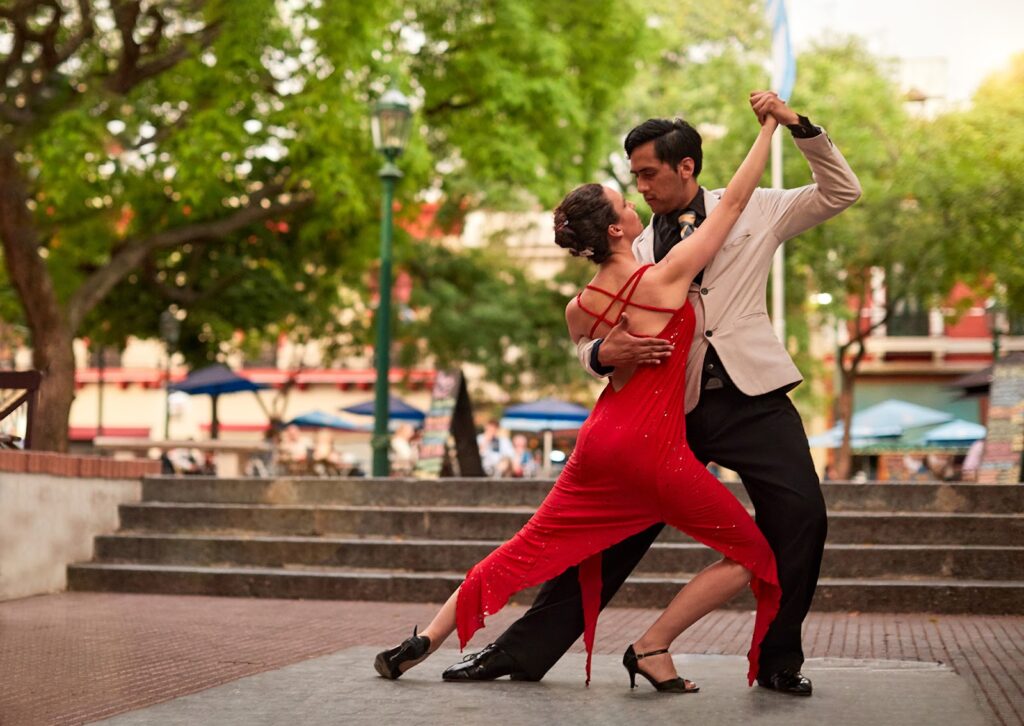The Two Eyes – Birth of the British Pop Movie – Part Two

Radio
The British experience of pop music was quite different from the American. There was more influence from the music-hall era of pre-war entertainment (rather like vaudeville). Pop crooners and bands tried for the entire world to imitate American song smiths. The British invention of skiffle was inspirational and exclusive to British teens alone, America had none of it! There were also no top-40 AM stations in England, pounding a pop message to youngsters as in the States, but rather the benevolent BBC, which only gradually allowed rock’n’roll to transgress its airwaves. Most of the early pop came across the channel later via clandestine ‘pirate’ stations aboard stationary ships like Radio Caroline, or continental stalwarts like Radio Luxembourg and finally Radio One in 1967. The newspapers, television, theatres and radio were all run by a different generation that had no idea what youngsters wanted. For decades they had manipulated and controlled them (as portrayed in The Golden Disc and Expresso Bongo), but now the youngsters wanted to create their own fashions.
The Popular Press
Suddenly, there was an awareness of being ‘young’ and just as teenagers were beginning to earn money (which gave them spending power); young people wanted their own look, their own music and their own films. The teen magazines like the New Musical Express were their voice. It was a paper for them, crammed with photos and information about their groups, which is why it also began to appeal to youngsters throughout Britain as its coverage extended nation-wide from London’s Soho and more predominantly Old Compton Street. In 1952, big band leaders like Ted Heath dominated the music press, with young dance orchestras like Johnny Dankworth and Ronnie Scott getting the odd ‘look in’. It was all polite, boring and strictly ballroom. Dancehalls around the country forbade jive dancing and it was only in the jazz clubs in London’s Soho that the new sound could be danced to. This was the more ‘modern’ sounds, the kind the teenagers were buying: trad, rock’n’roll and skiffle. Ronald Kinn, the creator of the New Musical Express, introduced a chart of record sales. Launched in November ’52, it was the first weekly chart anywhere in the world In the May 7th issue of 1954, the New Musical Express reported that the BBC radio censorship saw fit to ban Johnny Ray’s Such A Night because the ‘grunts’, ‘ohs’ and ‘ahs’ and were considered liable to inflame libidos were and deemed ‘unfit’ for decent people. Elvis Presley had already styled himself on Johnny Ray. In the February 4 issue 1955, New Musical Express boasted ‘the largest circulation in the world for any music paper’ – a staggering 100,000. Kinn, a sharp gossip columnist, sniffed out trends early and dictated the scene. On 20 April 1956, he told readers ‘Remember the name Elvis Presley. This young American country and western singer is destined to emulate Johnny Ray as the teenagers’ delight’.
Television
As movie attendances in the United States dropped dramatically in 1957, producer Sam Goldwyn said ‘Why go to the cinema to see bad movies when you can stay at home and watch bad television’.
Television took the 1950’s by storm in its exploitation of the teen phenomenon. The BBC acted first, with Hit Parade in 1952 and Off the Record following in 1955. Neither managed to portray the burgeoning youth subject very well. The History of ATV states ‘It featured too much middle-of-the-road rubbish for the kids and too much caterwauling for the grown-ups.’ Cool for Cats (1956) from Associated Rediffusion came next, closely followed by Six-Five Special (1956) from the BBC. Six-Five Special hit the zeitgeist, attracting both mutually exclusive audiences to sit down together… but this was possibly because the BBC in the words of The History of ATV ‘sent the programme rapidly down the ‘variety and filmed inserts’ path of least resistance’. mmm…
The first true family pop show was made by independent television. Its tendency towards the programming of popular culture outweighed the conservative high brow attitudes of the BBC. ABC in London was a company looking for a niche. The company was young and hip – it had already started hiring some of the youngest staff in the business; people who didn’t know what couldn’t be done on television. In the eyes of its directors, those people were the ones to make great pop television. The result was ‘Oh Boy!‘ a frantic live show where one song moved smoothly into another, where top recording artists sang together and separately, where older tunes freely interspersed with the hit parade. The frenetic pace and high-energy output suited the teens and the sense of frivolity attracted the adults. Families sat down and enjoyed a happy hour in front of the television – with intervals of ABC’s advertisements.
Cinema
In most western capitalist countries the attendance figures for the movies peaked in 1946 and the overall trend has been downward ever since. By 1953, nearly half of all American households had a television set, and US cinema attendance had sunk to half the 1946 figures. Quota systems in Britain, France and Italy made it more difficult for American producers to recoup losses overseas, although one response to this – making American films in European studios: did cut costs and evaded some of the more stringent restrictions.
In the late fifties British cinemas were also struggling. As a direct result of television (the introduction of independent television and BBC2 in 1964) cinema audiences were rapidly in decline.
As cinemas were closing by the dozen in October 1958, Pathe News states ‘Entertainment tax is killing the cinema. The lights must not go out.’ This decrease in cinema attendance combined with the Eady levy (The Cinematograph Films Act 1957) was having serious ramifications in the British film industry and the number of substantially budgeted productions was dwindling. Cinema quotas, however, still needed to be filled if the industry were to survive. The films that began to use pop music were home to productions that were quickly and cheaply produced to fill cinema programmes. The burgeoning low cost pop musical was popular amongst the ‘quota quickies’.
Realist
These films used the new breed of manufactured ‘pop’ star, young people all emanating from the underclass. The fact that some of these films act as forerunners to Social Realism suggests the use of black and white stock for the film may have had more significance than as just a money-saving technique or as the hallmark of a cheap teen movie. The pop movie whose visual structure has been ridiculed through the next 40 years is now intentionally rearranged to fit the pop soundtrack. It had significant influence on its audience, yet its presence is rarely scrutinised intellectually.
The films however lewd were documents of cultural history and the nucleus of the backstage pop/rock musical, a pinnacle of significance in film history. Each one authentically set the look and sound of the era.
With the social realist wave just around the corner these films reached a climax with popular music. Val Guest, director of Expresso Bongo, and another ‘discoverer’ of young talent, was renowned for his films distinguished by their pace and conviction, and the use of techniques more conventionally associated with Social Realist cinema – such as overlapping dialogue, location filming, and hand-held camera – to keep his narratives credible. Cameraman Walter Lassely, who is widely known for many Free Cinema documentaries and subsequent features, filmed Beat Girl for director Edmund T. Gravel.
Beatnik Culture Soho – Coffee bar scene
The youth culture phenomenon that was sweeping the country germinated in urban coffee/milk bars, acting as communal meeting places for young people. The coffee bar culture of this period is underlined by the status of places like The ‘2-I’s‘ at 59, Old Compton St in London’s Soho, which amongst others like the ‘Bread Basket Espresso Bar’ in Cleveland St and the ‘Gyre & Gimble‘ in John Adam St, became a magnet for the indigenous rock’n’roll explosion. They were a vital cog in the generation of a whole new (mass) cultural explosion.
In all eyes the 2-I’s at 59, Old Compton St, was a coffee bar, previously owned by 3 Iranian importers and was appropriately named the 3-I’s (the ‘I’ denoting Iranian) but in 1956 one Iranian died and it was taken over by an Australian wrestler called Paul Lincoln who renamed it 2-I’s. On its initial opening the cafe made a loss until the owner rented out its small basement (16`x 25`) to folk singer Wally Whyton. In the space of a few months he had people queuing around the block, eager to pay their shilling entrance (5p) to the tiny skiffle basement.
As plain Terry Nelham’s from Shepherds Bush, West London, Adam Faith secured a residency at the 2-I’s coffee bar in Soho, a venue which provided a starting point for several rock ‘n’ roll legends including Tommy Steele, Terry Dene, Cliff Richard and Marty Wilde. He was spotted there by television producer Jack Good who was directing the BBC pop show 6-5 Special at the time and with his newly acquired stage name of Adam Faith he made two appearances on the show in 1958.
Espresso Coffee was the beatnik drug with its influence in London since the 1600’s. In 1750 tea had taken hold of the nations thirst and coffee-house and coffee taverns declined. They were almost non existent by 1900, replaced by smaller coffee bars/cafes which arose in Soho after immigrants from Spain, France and Italy opened to accommodate their patriot’s needs.
Froth
In 1945 Achilles Gaggia altered the espresso machine to create high pressure extraction that produced a thick layer of crema (froth). By 1946 cappuccino had been christened for its resemblance to the colour of the robes of the capuchin monks. The unique selling point of the coffee bar/cafe had arrived. By 1953 coffee bars had sprung up all over Soho. The first espresso bar was the Moka at 29 Frith Street, opened by the Italian starlet of the day Gina Lollobridgida, it became the model for many ‘classic’ Formica coffee bars to come.
The post wars years saw the arrival of milk bars from America. The milk bars Richard Hoggart speaks of in The Uses of Literacy, where he derided the ‘Juke Box Boy’s, who chose to spend their evenings listening in harshly lit milk bars to the ‘nickelodeons’ (which had been deviously exploiting the waves of Americanisation since the war).
The Baby Boomers were coming of age. Though many of these teenagers were actually ‘pre-boom’, born during the war. Adam Faith in Beat Girl bemoans his trips as a toddler to the underground during air raids in 1944; Tommy Steele recollects similar situations in war-torn London with his mother. Cliff Richard, born in 1940, was nineteen in Expresso Bongo. He had been weaned off the milk on to the Espresso, characteristic of Italian Deli’s cafes and grocers in London’s West end. This breed of artist, like most of its musical heritage derived from America with such influences as Johnny Ray, Elvis and Bill Hayley. A generation that created the baby boomers future. A mixture of ‘low’ culture musical and mass culture exploitation.
In The Golden Disc, Beat Girl and Expresso Bongo the coffee bar and pop star alike are leading ‘co-stars’.
Mise en scene
The fifties was fundamentally a time of conformity. You will not find anything wild or risque. But in London’s Soho groups of people had different ideas. The fashion existed in clothes, hair, shoes, dance styles and tastes such as gum, beefburgers and cola. Adam Faith personifies the milk bar youth in Beat Girl with his distaste for alcohol, and prefers to hug a glass of milk. Most important of all was the fashion: the quiff, the crepe shoe, the slacks, the bobby socks, the pump and the plimsoll with jukeboxes, glass coffee cups, formica tabling and pop bottles as the dominant props. Although Campbell Dixon in the Daily Telegraph (15/3/58) said ‘these youths with quiffs, sharp clothes- they exist alright, but don’t ask me to like them or find them interesting’. 1959 was all about what is worn, fashions, fads and slang. What is said (‘cool’, ‘hip’ and ‘trendy’), and what makes young people a little crazy reveals a lot about a culture. Another American import were the dances. Why are we so fascinated with music composition? Is it the rhythm of nature? One of the most noticeable evidences of ‘audience participation’ is the rhythmic appreciation of the melody seen in their head ‘nodding.’ The close up, toe tapping and head nodding scenes in Spike Milligan’s documentary alert the public to the way one must move or ‘jig about’ as Jack Good explained. The media yet again exploited another side of the rock’n’roll culture, the dance.
The Business of Exploitation:
The delinquent protagonist of each film starts out as a naive, young person whose antagonist is an older, wiser, but devious Svengali figure of varying degrees. For instance in The Tommy Steele Story we see his co-manager John Kennedy portrayed as mild mannered and attentive to Tommy’s needs, whilst in Expresso Bongo the manager, (supposedly his spoof) Johnny Jackson played by Lawrance Harvey, who is shown to be a devious, untrustworthy and unscrupulous character.
Tin Pan Alley
Tin Pan Alley was Denmark Street in the centre of Soho, it also represented the heart of the music publishing business and record industry. Tin Pan Alley was saturated with coffee bar culture. It was the birthplace of ‘pop’ music, this is where it all started. In the words of Leonard Mosley in the Daily Express (20/11/59):
Its a district of coffee-bars, Italian grocers, strip-tease joints, respectable restaurants, tiny sinister offices, tinier sinister flats, clean bookshops, street corner loungers, policemen, Teddy Boys and layabouts- a complex of streets which always reminds me, whenever I’m there, of an unmade bed.
The record company A&R, music industry insiders (embodying the Machiavellian machinery of the music industry) and the artiste management impresarios all played important roles in the invention of the original British ‘Pop Idol’, sometimes with little regard for the welfare of their charges. Larry Parnes the Svengalian impresario and key ‘mover and shaker’ of the era was revealed in Jack Good’s Oh Boy diary to have had endless trials and tribulations with his stable of artists. His insistent touring schedules took their toll on many of his proteges. The strain was extraordinary, Billy’s Fury’s mother complained continually to Parnes about the effects on her son’s health. Parnes treated everybody with total disrespect, as though they were stupid. He really believed you could con people all the time. He had no respect for his artists; ordering Marty Wilde to shove toilet rolls down his trousers!
Larry Parnes and publicist John Kennedy scoured the coffee bars and dance halls of Britain during the 1950’s, and between them discovered Tommy Hicks (aka Tommy Steele), Reg Smith (aka Marty Wilde – who had a string of UK hits.) Ron Wycherly (aka Billy Fury – who became one of the most important figures in the British rock and roll scene.) They did however turn down Cliff Richard, then also known as Harry Webb, after an audition in 1956. Another high profile agent, Norrie Paramor later ‘picked’ him up, signing him eventually to Columbia Records in 1959. Parnes and Kennedy managed a number of other young hopefuls with varying degrees of success. These included Terry Dene, Dickie Pride (Richard Knellar), Duffy Power (Ray Howard), Johnny Gentle (John Askew) and Georgie Fame (Clive Powell). Songwriter Lionel Bart worked closely with Parnes and provided original material for many of his projects. The BBC television programme Panorama (1960) included a feature on Larry Parnes as a ‘beat Svengali’ and referred to his ‘stable of stars’. In 1960 the press gave him the nickname ‘Mr Parnes, Shillings and Pence’. Parnes approach was to choose pretty young people and groom them to be attractive to other teenagers. He often changed their names, as with guitarist Joe Brown who he wanted to re-name Elmer Twitch. Tommy Steele (as Parnes renamed him) became one of the first, if not the first, manufactured pop stars of Britain. He was promoted as a British Elvis even though he neither looked nothing like Elvis nor sang like him. Despite his musical ability and the rock’n’roll leanings of his number one hit of January 1957, Singing the Blues, Kennedy and Parnes, seeing Steele’s charisma and flamboyant personality proceeded to steer his career as an all-round entertainer. Part of Parnes and Kennedy’s design to create household names (especially with Tommy Steele) was to book them for tours playing to a broader audience in Civic Halls and Variety Theatres. To advance Tommy’s career they lined up film productions and pantomimes for him to lead. All the while they continued to promote the idea that he was the idol of the ‘wealthy set’ by presenting him in select London venues. It was his appearance at the distinguished Cafe de Paris, in January 1957, that alerted the socialites and press to this new brand of rock’n’roll popular entertainment – one that included both parents and teenagers.
Good
The television producer Jack Good was also keen to benefit from the flow of new teenage talent provided by Larry Parnes. Who also developed a network of contacts including the A&R managers Hugh Mendl, Dick Rowe, and Jack Baverstock. In 1955 he had been persuaded to invest in a play entitled The House of Shame. The play toured and was making a loss until John Kennedy was recruited as its publicist. The name was changed to Women of the Streets and two female actors were persuaded to stand outside the theatre dressed as prostitutes during the interval. They were arrested, after which the national press picked up the story and the play took off and eventually broke even. These original uses of such hype encapsulating the brand of devious method used by Kennedy, and other impresarios around him, are echoed in Expresso Bongo: Johnny Jackson (Harvey) receives a bogus telephone call from his girlfriend (who impersonates an employee from HMV records) while in the office of another record company. He ‘allows’ the CEO to overhear his bogus claims of Bongo Herbert’s talent.
The young people were ripe for exploitation by artist management, record companies and television producers, who all collectively saw an opportunity that was staring at them from their West End offices perched above the scene below. They had in fact tapped into a mass culture that was in the act of transforming itself.
‘Teen Pics’
The popular music in these early ‘teen pics’ utilised the mixture of rock’n’roll, big beat, trad jazz, folk and skiffle which were evolving into a new British sound and dictated the initial influence the performers had on the British public.
The four films chosen were made between 1957 and 1959, each tell different stories; each set is in the ‘coffee bar’ scene around the birth of pop music in London’s Soho district. Two of the films present a recipe for success, available to the common man or woman with the help of popular culture; telling it how it is (or was or should be or could be). With The Tommy Steele Story, the path is identified by the rise of the artist from merchant seaman to ‘pop star’ ‘working class kid makes good’. In The Golden Disc the scenario represents as the creation (from concept) and transformation of the coffee bar, into a record shop, a record company, the finding the ‘pop star’ and finally the production of a ‘hit’ record.
Expresso Bongo is the story of the manager/talent scout a satire, using the Tommy Steele Story as the example to be ridiculed.
In Beat Girl, the teen-ager loses her naivet after crossing to the ‘other’ side of the street; reinforcing the popular view that ‘hanging out’ in coffee bars in London’s seedy Soho ‘was a bad lot’. Four different points of view are presented in a spiralling eclectic perspective defining the needs and views of the Baby Boom teenager.
There are four pop stars, all who found fame through performances in the 2-I’s (and nearby coffee bars). Four films all set in the same location. Four directors and four completely different scripts.
The stories are set deep within Soho’s honey pot of lewd trappings juxtaposing on one side of the street the vibrant hives of bohemian beat culture, and on the opposite side the dark and seedy striptease joints and prostitution rackets of London’s West End underworld. These true life stories alerted the public to a new musical culture, one influenced by a myriad of other musical genres, in particular rock’n’roll, all mixed up with jazz, folk and skiffle, one which had found refuge in Soho’s back streets. It was a time of disdain for Britains Baby Booming youth, (what was later to become known as ‘the morbid angst ridden teenager’).
The 2-I’s was the cafe used in The Tommy Steele Story, and the cafe motif became the primary venue for the teenage cult epitomised in Britain’s music scene and each of the four films. The Lucky Charm in The Golden Disc; The Tom Tom Club in Expresso Bongo and in Beat Girl, The Off Beat, were the fictitious coffee shops in Soho. They portrayed the same characters, on stage or waiting in the wings, backstage: the artist, the manager/agent, the talent scout, the record company mogul, and the gang of beatniks. The screenplay, acting and lip synch in most cases was poor but the look and style were paramount for the exploitation to work in its entirety.
The Tommy Steele Story -1957 The Artist
At 19, the folk singing Bermondsey boy, Tommy Steele shot to fame in a mere five weeks. The Tommy Steele Story is a biographical film that portrays his true leap to fame with a calypso-tinged narrative (due to his travels in the West Indies). He learns to play folk ballads after his spell in the Merchant Navy and a trip to the Caribbean where he jams with the local band (Tommy Eytle and his Calypso Band). Returning to London with the ‘blues’ after losing his steward’s job at sea, he is convinced, by a cafe owner in Soho, to sing in his cafe. The owner tells him ‘the only cure is music’. After a swift ‘on the spot’ audition he’s offered the job as singer. His opening performance at the cafe sets the lip synch/performance mode (as explained in K.J. Donnelley’s, Pop Music in British Cinema) as obligatory in all future ‘teen pics’. Tommy sings along to his own records as they are played on the juke-box, invigorating scenes that previously lacked musical lip-synch: a newfound marriage with performance mode that provided the benchmark for future pop musicals. He sleeps on a sofa beneath the two ‘eyes’ (The 2-I’s) presumably painted by the hit ‘pop’ songwriter and composer, Lionel Bart (as an art student at St Martins).
Tommy reads gangster novellas as he recuperates in hospital from a fall, later at sea in the Merchant Navy he browses through ‘gaiety’ magazines as he lies suffering from sea sickness. These are subtle filmic gestures to his reading habits (as a working class teenager) promoting pulp fiction to the illiterate masses. Tommy tells his new band in the studio ‘well boys its rock’n’roll, 12 bar blues’ and this was going to be the way from then on. The pop ‘teen pic’ musical was clearly established. Although technology was available there were still a lot of glitches and dropout in the performance. Optical recordings had now become a hindrance with magnetic tape becoming a more malleable format using stereo technology (which had become available in 1958) audio dubbing had been revolutionised, especially in the music studio. Steeles career in rock’n’roll was over as he began to emphasise more music-hall roots. Parnes held him back from the ‘real’ rock’n’roll (the kind his contemporaries Lonnie Donnegan and Billy Fury as well as American artists Gene Vincent, Buddy Holly and Eddie Cochran were making). This pattern served to derail any further potential fame as a rock’n’roll star; though British pop mavens respected him, he entered the status of legend rather early. But his exploitation was only just beginning. There was a nationally promoted product tie-in sales campaign targeted in his next film Tommy the Toreador (1959) which included a woollen toy, a toreador outfit, knitting patterns, a bathmat, a holiday competition, sheet music and a glove puppet. Despite many of these items being aimed at children, the diversity of promotional products precisely demonstrated the degree of commercial development films could attract. Also released was an EP featuring tracks from the film. Beat Girl and Expresso Bongo were among the first films to have a tied-in LP record with full soundtrack.
End of Part 2






